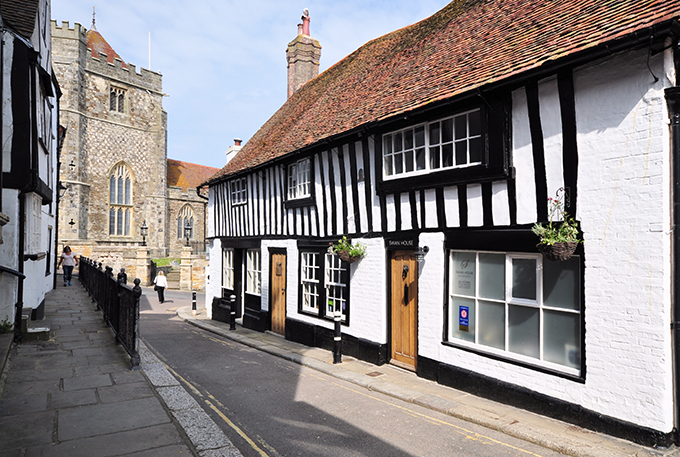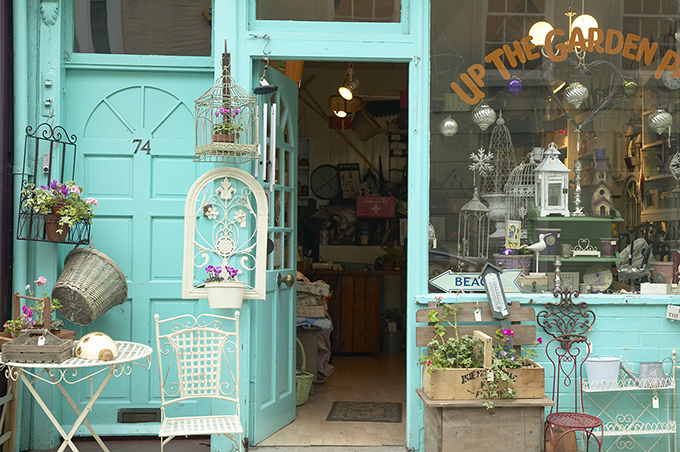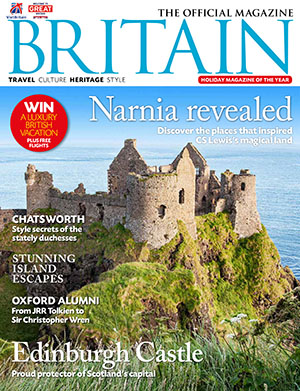There’s more to this East Sussex town than the Battle of Hastings – alongside the history you’ll find a vibrant seaside scene, with an exciting new pier, restaurants and galleries

Nine hundred and fifty years after Britain’s most epic battle took place, the crumbled remains of William the Conqueror’s castle still stands high above Hastings, a constant reminder of the historic events that shaped the future of this Sussex town and changed England forever.
William attacked King Harold II on Senlac Hill, a few miles outside the town of Hastings, on 14 October 1066. Outnumbered three-to-one, Harold’s army was seemingly doomed to lose the battle, until a rumour spread among the Norman troops that William had been killed and many fled in terror. When William lifted his helmet to show he was alive, however, his troops rallied and this was to be the battle’s turning point.
As a result of the Norman Invasion, English life and culture underwent a huge transformation: French became the spoken language, wine replaced mead as a popular drink and French names became commonplace in homes.

Despite its historic role in this epic battle, however, Hastings has moved with the times and the many new attractions, which include a new pier and a contemporary art gallery testify to the town’s spirit of creative renewal – a spirit to which the Normans, renowned for their unique musical traditions and Romanesque architecture, could probably relate.
To soak up the atmosphere of this town where William the Conqueror settled after defeating King Harold, check into Swan House, a bed and breakfast in a beautifully restored 15th-century building, then take a scenic ride in the town’s funicular railway to visit the ruins of Hastings Castle.
Built by William the Conqueror in 1070 – then partly destroyed by King John – the castle was refortified by John’s son Henry III in 1225, only to be damaged by storms once more in 1287.
Later still, Hastings Castle was targeted during the Hundred Years War, and then bombed by the Germans during the Second World War. Finally, in 1951, the battered monument was purchased by the Hastings Corporation for £3,000 and opened as a tourist attraction.
From its cliff-top vantage point, the Conqueror’s stronghold provides stunning views over the coastline leading to the East Sussex town of Pevensey, 12 miles distant, where the Norman army landed in September 1066 with thousands of men, horses and supplies, after crossing the channel from St Valery-sur-Somme.
Legend has it that when Duke William of Normandy (the original title of William the Conqueror) stepped from his boat, he tripped and fell.
Before anyone could help him, however, he sprang to his feet holding handfuls of damp earth and told his men: “I have taken possession of England with both my hands. It is now mine, and what is mine is yours.”

Hastings was a thriving fishing centre at the time of the Norman Conquest and today this seaside town still boasts Europe’s largest beach-launched fishing fleet. Far beneath the castle, the shingle-lined seashore is dotted with tall wooden huts where fishermen have hung their nets for centuries. After exploring these unique, black-tarred structures, head for the Jerwood Gallery, a stunning arts venue standing in the midst of these narrow wooden buildings, which is home to works from some of Britain’s leading artists.
From here, one can plunge back in time again at both The Shipwreck Museum and The Fishermen’s Museum where fascinating artefacts tell the tale of the region’s sunken ships and seafaring history, from William the Conqueror’s time to the current day.
One of the confederation of coastal towns known as the Cinque Ports during the Middle Ages, Hastings later became a popular day trip resort for the Victorians, who built the town’s pier. Gutted by fire in 2008, it has since become a symbol of the town’s current renaissance when it reopened in April following a £14.2 million redevelopment.
The shops that sold sticks of rock and kiss-me-quick hats to the Victorians have given way to gastronomic restaurants, stylish boutiques and eclectic museums, prompting The Times newspaper to list Hastings as one of England’s ‘top 10 cool places to see and be seen’.
Alongside traditional cafés serving traditional British seafood such as cockles, oysters, and fish and chips, foodies can now enjoy the finer aspects of British gastronomy at eateries such as Webbe’s Rock-a-Nore, where speciality dishes include smoked haddock chowder and Shetland mussels cooked in Muscadet wine.

Tourists seeking to stay in this town renowned for William’s historic victory will also discover a range of boutique accommodation, including the Printworks, a cosy hotel housed in a Victorian redbrick building that was once home to the local newspaper.
This lovely part of town is also home to one of Hastings’ quirkiest historical sites, The America Ground – a small enclave centred on Robertson Street, which earned its name in the 1820s when local folk, fed up of paying borough taxes, declared themselves the 24th US state. Although the ‘revolution’ only lasted for a few years, this area still has a distinctly American atmosphere, with shops selling imported jeans and vintage blues records, along with a large mural commemorating the area’s history and cafés serving classic American food, including the 1940s-themed Tutti Frutti’s.
Other innovative attractions that have earned Hastings that ‘top 10’ billing include the quirky Flower Makers Museum, situated in the basement of the Shirley Leaf and Petal Company, which has been supplying flower and plant props for film, theatre and television productions since 1910, and The True Crime Museum, housed in a vast network of seafront caves, which has the largest collection of crime memorabilia in the UK.
Related articles
|
Click here to subscribe! |
Download BRITAIN Magazine to your mobile today

 No mobile device? Purchase directly on Zinio for your desktop!
No mobile device? Purchase directly on Zinio for your desktop!





 © 2024
© 2024